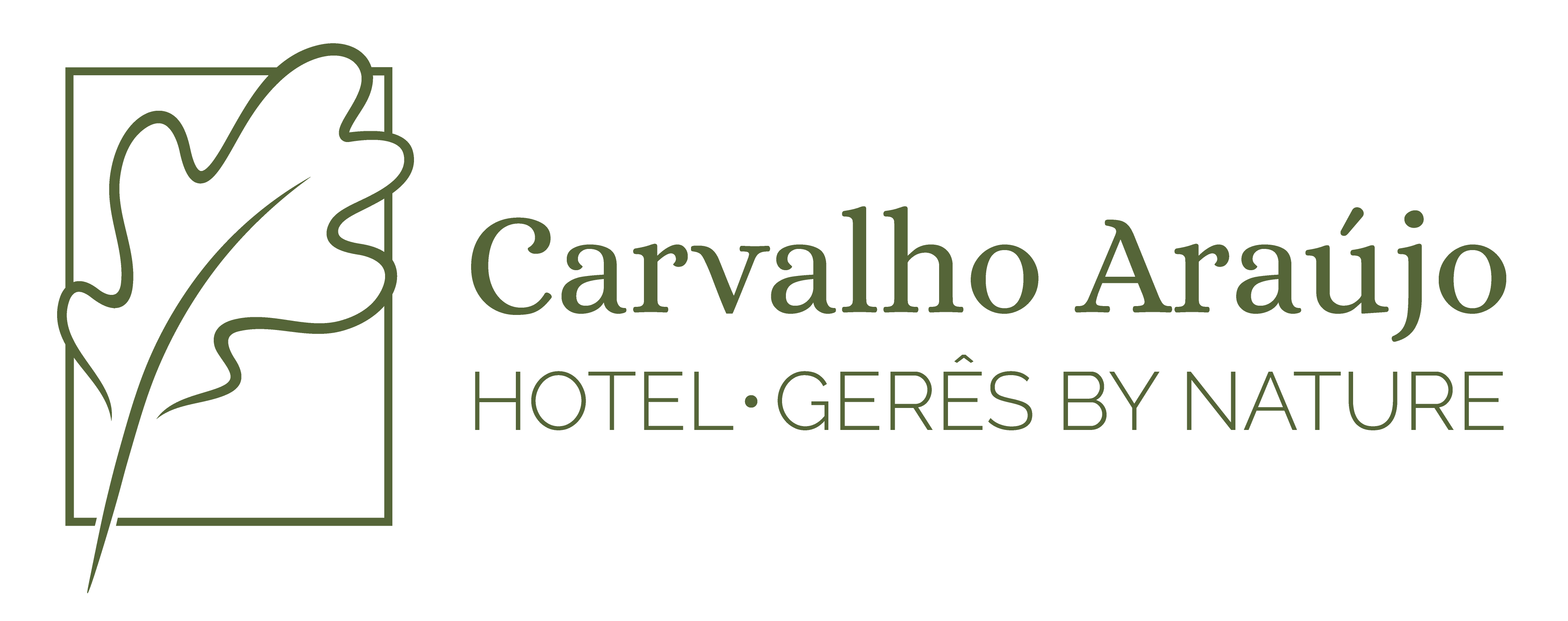Gerês Villages
Explore the villas and villages that tell Gerês stories and traditions. On this page we present some of our suggestions.
Campo do Gerês
Campo do Gerês is a parish in the municipality of Terras de Bouro, district of Braga, also known as São João do Campo with 62.38 km² of area and 162 inhabitants in 2011. 187 inhabitants (2001).
This old village is located next to Mata da Albergaria in the heart of the Peneda-Gerês National Park, 15 km from the county seat. It houses the Ethnographic Museum of Vilarinho das Furnas to preserve the memory of the submerged location in 1972 due to the construction of a dam
Its heritage includes Via Romana XVIII (Geira), Cruzeiro de São João do Campo and the Covide e Campo milestone.
Vilarinho das Furnas
Schedule your holiday in Gerês to see the old submerged houses
Vilarinho das Furnas was a village in the parish of Campo do Gerês, located in the municipality of Terras de Bouro, in the district of Braga. Currently, since 1971, this village has been submerged by the reservoir of the Vilarinho das Furnas dam.
However, when the dam is emptied for cleaning or when the water level drops in periods of drought, you can still see the houses, paths and walls of the old village.
Brufe
The viewpoint of excellence
Brufe is a traditional village located on the right bank of the Vilarinho das Furnas reservoir, northwest of Campo do Gerês. In 2011, it had 50 inhabitants in 14 family nuclei. Its position, the half-slope, makes it a splendid viewpoint. The road that crosses the wall of the Vilarinho das Furnas dam, directly connects Brufe to Campo do Gerês.
Like most houses in traditional villages in this region, granite houses are made up of two floors, with the ground floor housing the animals and the first floor housing the family.
In this location is the famous restaurant “O Abocanhado“.
Lindoso
The castle and the granaries
Lindoso is a village and parish in the municipality of Ponte da Barca, with 427 residents in 2011. Its castle, impressive military work, is of medieval origin, having been expanded in the 17th century.
In the vicinity of the castle there is the highest concentration of magnificent granite granaries (about 50). The granaries were built in windy places, next to large natural slabs of granite used for threshing floors
It was in these structures erected in columns, that the corn was kept and protected from moisture, birds and rodents. The granaries are surmounted by a simple or ornate cross, urn, pyramid, etc., and the date of the construction was inscribed on the door.
Tourém
Beyond Gerês
Tourém is a Portuguese parish in the municipality of Montalegre, with 151 inhabitants (2011). The village of Tourém is the only Portuguese settlement located north of the Gerês mountain range, on the left bank of the Salas river. It is a Portuguese enclave in Spain, since it is separated from the rest of the territory by the reservoir of a Spanish dam (Encoro de Salas) and is only accessible via a bridge
Soajo
Rural tourism in Gerês and granaries
Soajo is a village and parish in the municipality of Arcos de Valdevez, with an area of 58.59 km² and 986 residents, according to the 2011 Census. It is known for its lagoons and the famous granaries of Soajo, a community threshing floor made up of 24 granaries, all in stone and based on a granite outcrop, the oldest being from 1782.
Castro Laboreiro
A unique rurality
Castro Laboreiro is a village and parish in the municipality of Melgaço, located in the Serra do Laboreiro with an area of nearly 100 km² and 540 residents, in 2011, it has its origin in a Romanized Castro. You can visit the Laboreiro waterfall, the castle, the community ovens and a series of bridges of Roman origin.
In December the population started to go down to the winter where everyone should be on Christmas Eve. This migration took place on foot and in an ox cart, transporting cattle, cattle, utensils, clothes and others. The brandas were closed until around Easter the population started to rise again.
In Castro Laboreiro there is possibly the largest concentration of prehistoric dolmens in the peninsular (more than a hundred tapirs or dolmens), some menhirs and Cremdoura, where the corpses were incinerated, in addition to paintings and rock engravings.
Pitões das Júnias
The village at the gates of heaven
Pitões das Júnias is a parish in the municipality of Montalegre, with 161 residents in 2011. It is one of the highest villages in Portugal.
Not to miss a visit to the ruins of the beautiful 12th century Santa Maria das Júnias Monastery, I was home to monks from São Bento. In this village, following a levada next to abandoned agricultural fields, there is a beautiful waterfall, where in the summer refreshing baths are taken in the immensity of silence.

